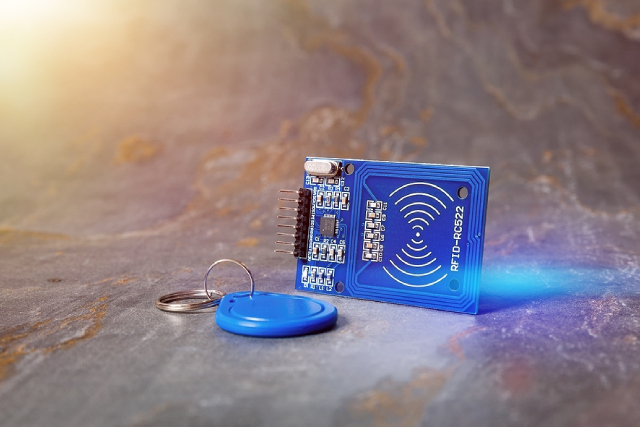Frequently Asked Questions (FAQ) About The Use Of RFIQ In Business

Radio frequency identification (RFID) is a breakthrough technology that has brought numerous benefits to businesses across industries such as retail, food production, and emergency response. It is a wireless system made of two components – RFID tags and RFID readers – that helps search, identify, and track items and even people.
However, RFID does not seem to be a widely adopted business solution despite its proven advantages for companies and organisations. Hence, the RFIQ metric has been created to help businesses and organisations integrate RFID into their system better.
Read on to find out about some of the most frequently asked questions regarding this new business metric.
1. What is RFIQ?
RFIQ is similar to an IQ test. While researching and understanding the organisation, it measures the IQ that they have when adopting RFID, and the importance and benefits the organisation may enjoy.
The term was first coined by Marshall Kay, a leading global expert in adopting RFID, particularly in the retail industry. Along with the various experts in the field, he has identified that the primary concern in adopting RFID stems from the lack of understanding about the technology and its applications. Therefore, the RFIQ metric was designed to address this issue.
2. What is the purpose of RFIQ in businesses?
Russian physicist Leon Theremin first created the RFID technology in 1946. Ever since then, it has been adopted into various markets. However, despite its proven benefits and ever-expanding features, including RFID asset tracking and tool tracking, many organisations still have not considered implanting this technology into their business.
By using the RFIQ metric, an organisation gets a clearer understanding of the technology, its potential services in their business, the benefits that RFID brings, and the improvements it can provide to the management.
In essence, by providing an excellent overview of the current state of RFID adoption in the industry, the key purpose of RFIQ is to address and patch the gap between the current knowledge of RFID that organisations possess and what RFID is and highlight areas that it can improve the business.
3. How can organisations know their RFIQ?
While there has not been a standardised test developed to measure an individual or organisation’s RFIQ, there are some significant questions that the management can answer to determine their understanding of the RFID technology.
These questions include:
- “Does your organisation know what RFID is?”
- “Does your organisation understand RFID’s benefits for consumers?”
- “Does your organisation have an idea about what RFID can do for your business?”
- “What other organisations do you know that uses RFID?”
- “Why should you prioritise RFID in your system?”
- “In what ways can RFID be used in your business?”
- “Why is RFID critical in your business operations?”
- “How can RFID be integrated into your business?”
Suppose the management faced some issues in answering the questions above. This means that even with operational and analytical advantages, their knowledge of RFID needs to be highlighted and enhanced.
Conclusion
The application of RFID technology has unquestionably brought numerous benefits to the operations of many organisations. While it has paved the way for more efficient, streamlined and cost-effective business operations, many organisations still lack the fundamental knowledge of the importance of the technology.
With the RFIQ metric in place, an organisation can now better address their hesitancy in adopting RFID, and thus are able to use RFID with more confidence and efficiency.